No products in the cart.
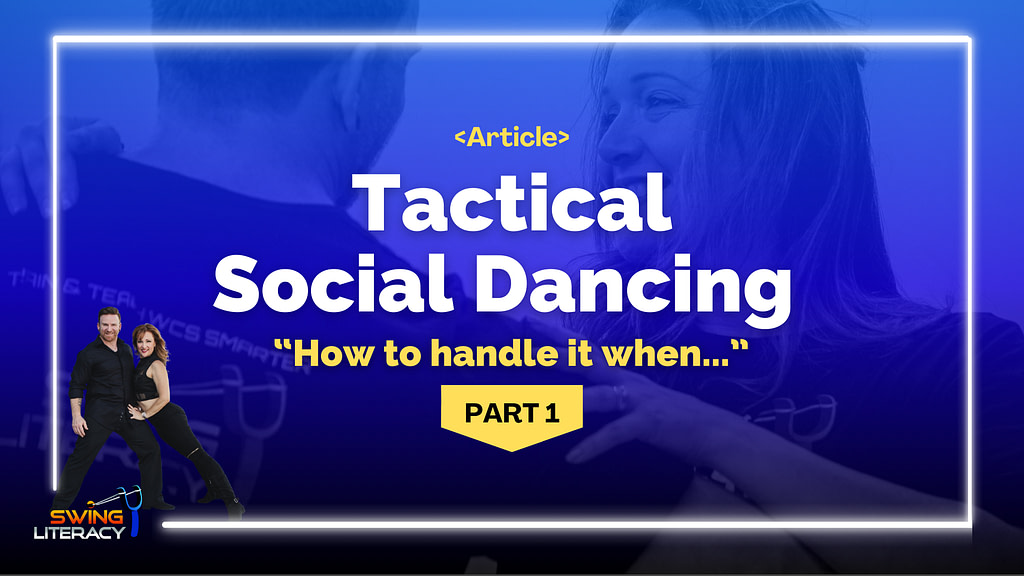
Tactical Social Dancing: Part 1
Reading Time: minutes remaining
“What should you do if…”, “What happens when…”, “How can I handle…”, “How do I deal with…”
These are all questions that students of all levels batter their teachers with. They are tactical questions – they ask for circumstantial advice, or recommendations for particular situations that have to do with not just the physical side of the dance, but also the social/mental side.
You’ve probably got your own list burning a hole in your pocket, so this is the article series you’ve been waiting for!
But you might not be ready. It’s possible that you don’t yet have the skills to implement some these very valid tactics. This is not an insult, merely a fact. Allow me to explain.
In any sport, such as ours, there are 3 types of skills: Techniques, Tactics, and Strategies.
- Strategies explain the overall game plan or goal, and include several tactics to achieve it
- Tactics explain “what to do and when”, and need several techniques to execute them.
- Techniques explain how to do a movement (tactic).
Here’s an example of the skills of “Posting for Leader’s Turn”:
Strategy: What’s the goal | Tactic: what to do and when | Technique: how it happens |
|---|---|---|
Keep follower close while leader turns around in place | Post on count 4 to prevent follower’s further travel | Negate follower’s momentum by applying equal & opposite force, by tightening the bicep and ceasing elbow extension (more |
It is a very common pitfall for teachers to use the word “technique” when they are actually referring to “tactics“. (This is why there is a whole section dedicated to these in both the Swing Literacy Teacher Development Program and the Dancer Development Program!)
But as a learner, what you need to know is that just because you hear good advice that offers a valid tactic, does not mean that you will have any idea HOW to implement it, unless you also learn the accompanying technique.
And this accompanying technique gold is harder to acquire, like a “batteries sold separately” situation.
In this article, I'm talking specifically about tactics.
So as you read the following advice, recognize that while I mention many tactics, not all of the tips include the actual techniques to implement these tactics. This is intentional, because techniques (specifically physical ones) are best reserved for a private lesson or online course that can go into detail. But knowing that these techniques are out there should motivate you to go hunting!
When it comes to techniques, “you gotta catch’em all”! (And yes, they are all included in the Swing Literacy programs)
Ok, let's explore a few....
Tactics for when the floor is crowded
The WCS slot has grown in length and width over the years, but floorcraft skills have not followed suit. Slower music = longer stretch = using more space. You personally should be conscious of this and responsible for restricting your real estate (strategy) using posting (tactic), shoulder-checking (tactic), and slot/leash length management (tactic). Each of these tactics has a plethora of techniques explaining exactly how to make them work.
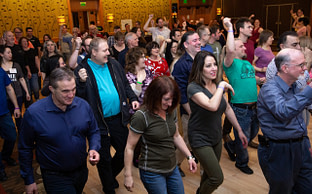
These tactics shouldn’t dampen your dance, though – remember WCS was just as exciting when it was danced to 140bpm over 2 floor tiles. As any tango, tap or hip hop dancer will tell you: you don’t need space to express yourself.
Where to start searching for technique? You mean besides the obvious private lessons? You might find a little bit in workshops, a little bit more in intensives, but where you can often find the juicy details the most is in instructional videos. The Swing Literacy Dancer Development Program is chock-full of these covering every aspect of WCS technique.
Be sure to check your pitch to make sure your head is never further behind your hips, this way you might bump bums, but you will avoid bonking heads (techniques needed).
As a follower, I make sure my arms are not flailing out during turns or extensions – I focus on internally-directed arm styling (techniques needed).
As a leader, be prepared to act as bumper to protect your traveling/spinning follower from a crash, and NEVER yank their arm in panic (techniques needed).
As a leader, instead of staying in a fixed spot in the slot and allowing your follower to travel its full length, be open to switching places with your follower so that your whole slot takes up less space (techniques needed)
Tactics for dancing with newbies
I’m talking brand-new, first timers. Many people’s instinct is to “show them the steps”. This is the worst crime you can commit on this impressionable rookie. If they are venturing out to the social floor, they are hoping for 2 things:
1. Proof of concept
Proof that the material they learned already (if any) actually works! These newbies are painting with primary colours here. They are expecting to lead/follow things they can easily recognize. They need proof that these work and time to gain comfort before they start learning new colours.
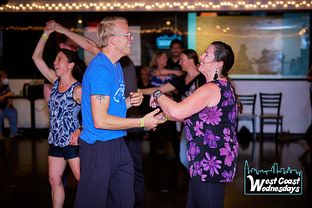
Let them do basics, even if they are a mess! If you’re bored, doesn’t mean they are – they are laser-focused! I like to make a game of reading (their) body language and detecting how their brain is working while we are dancing. I like to add a few secondary colours towards the end of the song, when I feel they can handle it.
Newbies also need to feel what the dance should feel like, which means they need you to do proper, authentic stretching techniques. Faking it and just walking around is not helping, and is planting the seeds of bad habits. Resist the urge to verbally “teach” them anything. This is not your job and/or not the appropriate time or place. Just do your best to make the dance feel good.
2. Someone kind
To go easy on them and forgive their inevitable mistakes! Dancing with a newbie is the ultimate test of YOUR adaptation skills (techniques needed). You can’t call yourself a competent dancer if you can’t adjust your dance to accommodate all levels.
If you show off or even just “dance your normal”, this newbie is not only going to be frustrated, they won’t even be able to appreciate your skills. All they will remember is how incompetent you made them feel, that they should avoid you in the future, and that maybe WCS isn’t for them.
Surely you can donate 3 minutes of your own focus and generosity to making this potential new Westie feel comfortable and encouraged?
Teachers or community leaders:
Want to know a super efficient way to introduce a newbie to WCS in just 15 min so that they can survive their first social dance, avoid developing bad habits, and get hooked enough to want to sign up for lessons?
We created this mini-course just for you.
Tactics for when you’re feeling overwhelmed
Maybe you’ve had a rough day at work and just need to be around positive energy for the night. It’s ok to take the night off your dance "homework" and just dance your cares away. As long as you’re not hurting your partners, no one will care that your footwork isn’t improving tonight.
Give yourself a break and maybe make a game of it – ask people you don’t normally dance with, dance twice in a row with someone, or dance with newbies you know won’t judge you. Anything to ease your stress and take the pressure off.
If, however, you arrive at the dance triggered by something – parking issues, losing a shoe, stood up by a Tinder date, don’t take it out on the floor. Dancing is for freedom, healing, and escape. Don’t turn your partner into your punching bag.
Tactics for if your partner isn’t paying attention to you
I don’t mean to say that you are being needy – I’m referring to when you partner seems to have their head in the clouds – they are zoned out and just going through the motions.
Be forgiving and show them grace – you don’t know their reasons for checking out – they might be serious reasons worthy of your sympathy.
This person also might be completely oblivious to how they appear to their partners.
Either way, you should not take this personally. You could let them space out and then if you really need their attention, increase your connection briefly.
But if you would like to engage them and bring them back to Earth, you could check your own eye contact habits (looking down too much, closing your eyes, not spotting), and try looking at them specifically during footwork syncopations or poses.
There are loads of connection techniques (for both roles) that engage your partner and dramatically improve your communication and partnership with or without eye contact. We can't wait for you to discover them in the DDP.
Tactics for if your dance partner is hurting you
Most dancers know a partner who hurts to dance with, so they try to avoid them. This is not a rude or mean person: they might even be a friend. This dancer is either unaware of their own strength because they have never gotten honest feedback before, or they are aware but missing techniques on how to control their bodies and deliver a safe and comfortable experience for their partners.
This is such a common issue that I wrote a whole separate article about this here:
Tactics for if a queue forms to dance with you
This is more for the upper level dancers in the community, but also quite common in communities where there are more followers than leaders.
I’ll be blunt: followers can get a little nutty when leaders are scarce. I realize that they feel the need to jump in the shark tank and compete for each and every social dance, but this is not a healthy social environment.
It is not appropriate to form a queue for a certain leader during social dancing. Leaders are in charge of their own “dance card”, and just because followers are forming a line on the side of the floor does not mean you “owe them next”. You are free to ask whomever you choose, wherever on the floor.
Myles’ advice: keep a smile on unless they cross the line, politely explain that “I don’t attend a lineup, but if you ask nicely (wink) I’ll come and find you for a dance later”. Then, be sure to keep word and go find them so they learn to trust this process.
Also leaders, remember that just because you are in demand for dances, doesn't necessarily mean your skills are safe, effective, and desirable.
Don't fall into the trap of thinking that constantly being asked to dance means you don't need to practice, take lessons, or get feedback. This echo chamber could be undermining your improvement goals. Stay humble. Always keep learning.
Tactics for how to practice your homework
You go to a weekend workshop, or take a private lesson, and come away with some drills or skills to practice as "homework". Just "thinking about them" while social dancing is NOT going to help you learn them permanently. You need deliberate practice. This is a massive topic that we train dancers on explicitly and thoroughly in our Swing Literacy programs, but here are a few tactics to give you some quick practice wins.
First, let's start with how not to practice your homework.
Don't just practice solo. Solo movement won’t easily translate into your social dancing without progressing through an intermediary stage: practice your solo movement while physically managing an object, such as a rope or a glass of water (which represents your responsibility to your partner).
Don’t just video yourself practicing with a partner for feedback: also video yourself in authentic social dancing to get an accurate record of how your dancing looks when you are not focusing on it.
Don't treat a social dance the same way you treat a practice dance:
In a practice dance, you can repeat moves over and over to make your body learn them. But during a social dance, this would be inappropriate and annoying. Torturing your follower through insistent repetition when they are just trying to have fun is not going to be helpful.
Don’t be so self-absorbed in your homework that you ignore your partner's needs or patience – your partners deserve your full attention.
Ok, so what about how TO practice? There is an entire article on this one!
Love these? Want more? Here you go!
Read on for these topics in Part 2:
- How to do partner profiling
- When your partner doesn’t stretch
- How to survive a rough lead
- How to work with a follower with no frame
- How to dance with past generations
- How to hear a weak/whisper lead
- How to deal with the obsessive dipper
- How to deal with the self-dipper
...and even more in Part 3!
When it comes to social dancing, many dancers ask us questions like “How should I handle it when…?” or “What do I do if…?” These are Tactical questions. In Part 1 of this series, I defined the difference between Techniques, Tactics, and Strategies which are important distinctions to read about to help you get context of
Enter your text here...
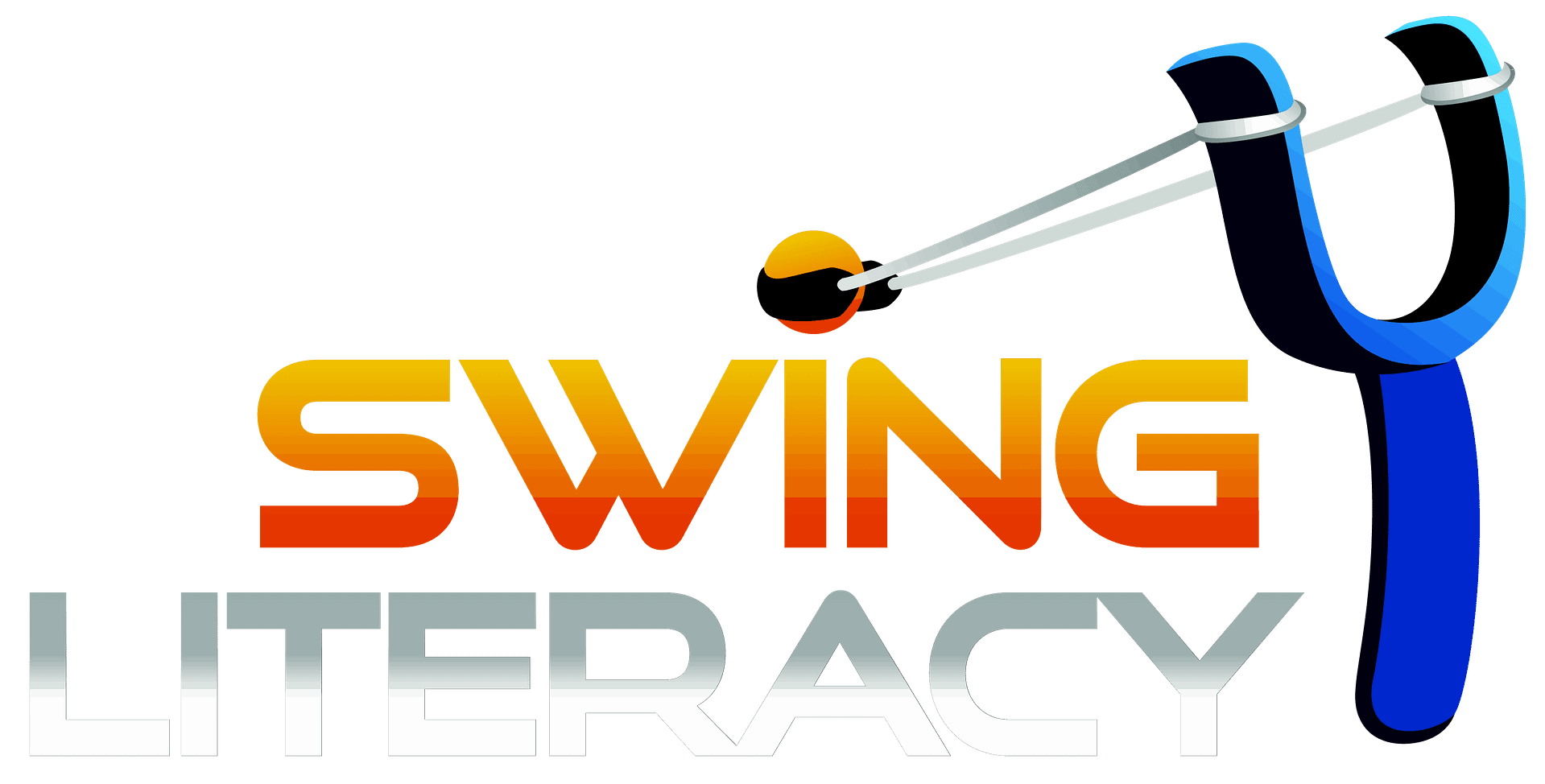

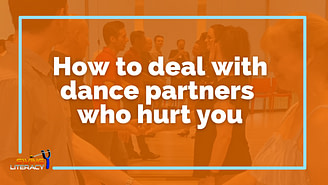

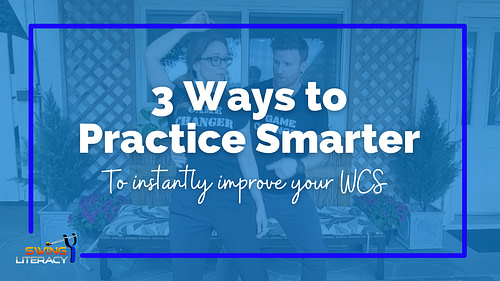
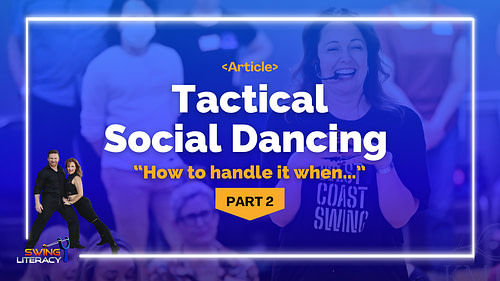
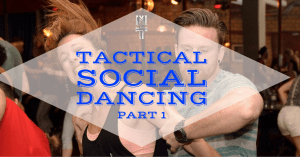 “What should you do if…”, “What happens when…”, “How can I handle…”, “How do I deal with…”
“What should you do if…”, “What happens when…”, “How can I handle…”, “How do I deal with…” orts!”, or seriously gain his compassion by indicating an injury or vertigo episode you are protecting. Also check out this handy wristband that serves as a safety signal to your partners:
orts!”, or seriously gain his compassion by indicating an injury or vertigo episode you are protecting. Also check out this handy wristband that serves as a safety signal to your partners: 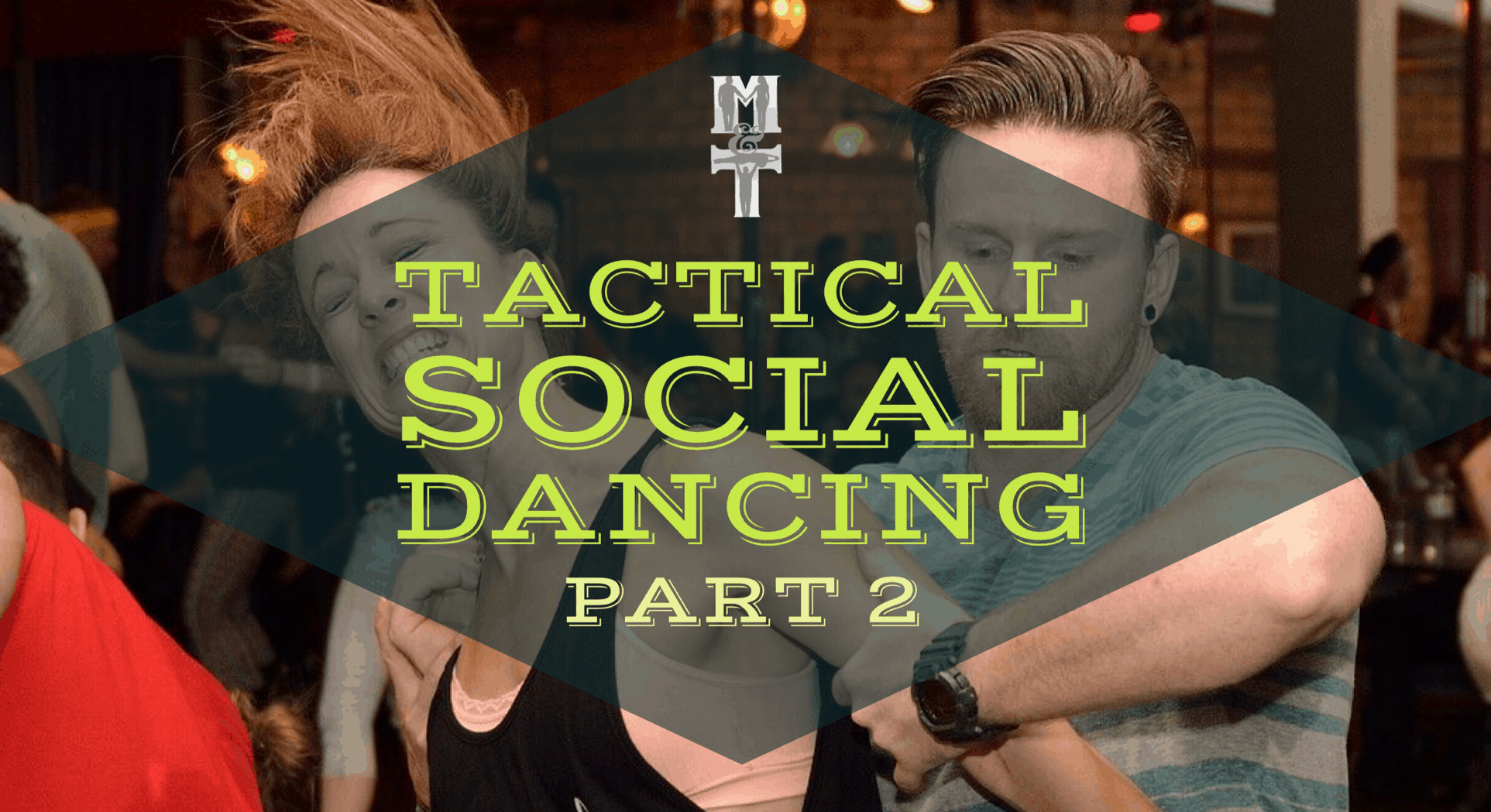
Fabulous advice. I will be pointing my students to these much needed Coache’s Corner articles.
Love this article and how you make all your concepts fit into a system.
I dream of the day when a line of follows will queue up to dance with me. I have not had this happen but last year at Sweet Side (2016) two professional follows just could not wait to dance with me and instead of forming a line they playfully kept cutting in on each other multiple times to dance with me during one song. I was beginning to think this was some sort of “mercy dance” and I started thinking maybe they were just “faking it” despite the obvious joy, smiles and (perhaps) a smidgeon of “dance + lust = chemistry.” Their radiance was such that I privately asked one of them afterwards if she really enjoyed the dance that much and she dreamily replied affirmative.
At the time I was dancing at the assigned 200 level.
When an eagle soars it always returns to the nest to feed the next generation. Perhaps it remembers that its kind all started out in the nest and if it were not for those who can fly, none of its kind would have ever fledged. They live, even if by instinct, to nurture the next generation.
If the day comes that followers have queued up to dance with me, I am going to walk over to the sidelines where the beginners are and ask several if they will please dance with me. Actually what I really dream about is the day when a queue of beginners will line up to dance with me. That’s a line-up that insures survival of the species!
True story:
Last week a young man, who had participated in the beginner class sat off to the side intently watching as the social dance began.
I could see that he was literally “drinking it all in”!
He was overweight, dressed in clothes that a struggling collage student might wear;
not clean and a bit smelly.
His shoes were very tattered sneakers.
When I heard a song with a simple clear beat come on I asked him if he would like to dance.
He was nervous & concentrating SO hard while using the “step back lead and step out of the slot” techniques he learned in class. But then he began to relax, then smile- then break out in a big grin.!
This is where having Swing Literacy training and insight led to ME having MY BEST dance of the evening!
Because this young man was “on top of the world” & had a complete change of demeanor at his success.
His eyes shone and he began to talk to others sitting near him.
What a treasure it is to share someone's
first real social dance.
I’m Still learning!
Sheri Courtney